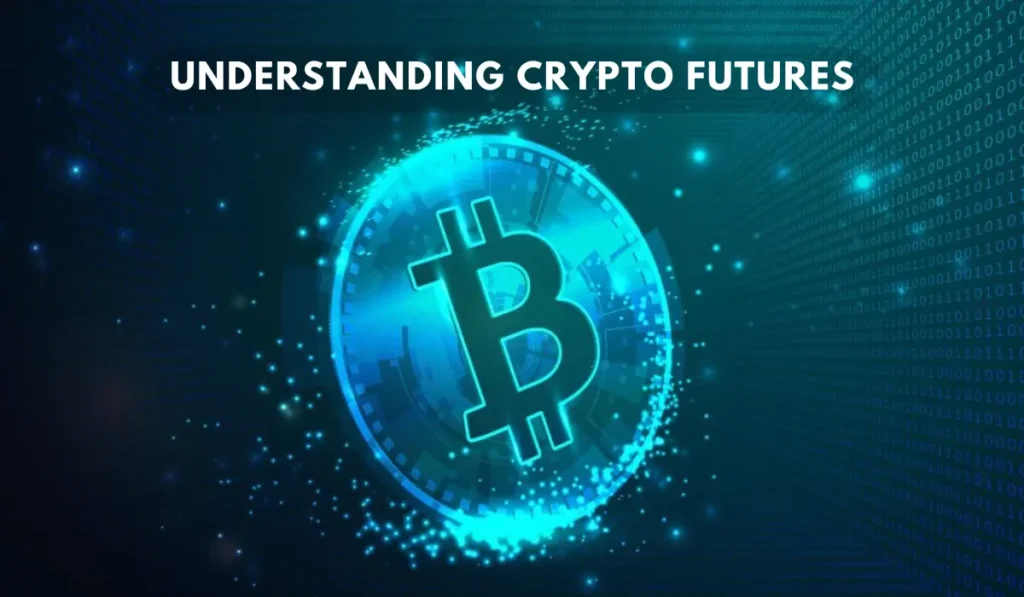Crypto futures are a form of derivative trading tool that can be seen in crypto exchanges. Just like any futures contract, this is an agreement between two parties to buy or sell a digital asset at a predetermined price at a specific time in the future.
Dive right into this article to find out more about crypto futures, its specifications, and how it works.
What Is Crypto Futures?
Crypto futures are regulated trading contracts between two investors who bet on the future price of a cryptocurrency. The main advantage of this contract is that you can access cryptocurrencies without purchasing them.
This kind of trading serves purposes like hedging, speculation, and arbitrage. Futures contracts are available for different assets including stocks, indices, commodities, interest rates, and cryptocurrencies.
Crypto futures have a tick which is nothing but a minimum price fluctuation. These contracts expire on a specific date and managing this is important. Each contract comes with pricing, a specific number of units, settlement methods, and marginal requirements.
Terms Of Crypto Futures Contract
As crypto futures are contracts, they should specify the terms and the exact nature of the agreement. The following are the terms that a futures contract consists of:
- Asset class and contract size
As mentioned before, futures contracts are available on exchanges for various assets including indices, stocks, commodities, interest rates, and cryptocurrencies. Contract size means the size of the asset involved in the contract.
- Settlement process
There are two means to settle crypto futures contracts, either by transferring the cash or through physical delivery. The contract also clearly specifies the particular place and time to settle the agreement between the investors.
- Minimum price fluctuations
Minimum price fluctuations, also known as a tick, refer to the minimum price movement in trading future contracts. A trader or investor should be well aware of the tick values of the futures contract that they are trading as they affect the profit and loss margins.
- Notion value
The contract notion value is the product of the futures price and the contract unit and it indicates the total value of a futures contract that is utilized to hedge the exposure.
- Price and position limits
Price and position limits (limit up and limit down) are imposed on futures contracts by crypto exchanges. Position limits indicate the number of contracts that an investor can hold at a time.
ALSO READ: Automated Trading Systems: The Pros and Cons
Why Trade Crypto Futures?
As we have already discussed, crypto futures contract supports three main purposes namely, hedging, speculation, and arbitrage. As you understand each, you will get to know the use of crypto futures in trading.
- Hedging
The main motive behind crypto futures is to minimize hedging risk which includes price variations in various assets such as stocks, commodities, and foreign exchange rates. Traders and investors try to achieve a perfect hedge which is neutralizing the risk.
- Speculation
Traders require a futures contract if they expect the market to rally or take a plunge. They can increase gains through leverage rather than directly buying the asset.
- Arbitrage
Arbitrage is nothing but an opportunity for traders to earn price differential by carrying out opposite orders in situations when there is an expected price discrepancy between the specific asset market and the futures market.
Conclusion
We have seen that crypto futures are standardized legal contracts that allow traders to buy or sell by assessing the price fluctuations in assets without actually possessing them.
So, you are betting on the price of the underlying asset indicating that there is a reduction in the risk involved in purchasing cryptocurrencies. Considering the complex nature of trading, a tool like futures contract can be really advantageous.
READ MORE: 5 Best Crypto Apps For Beginners In 2023: Top Choices For Beginners!
